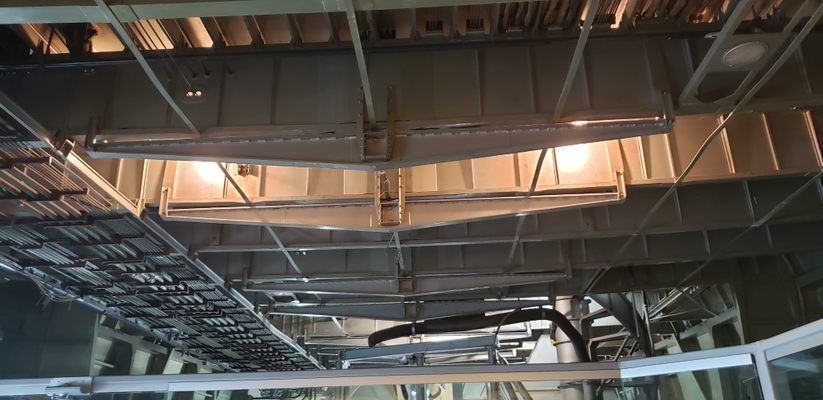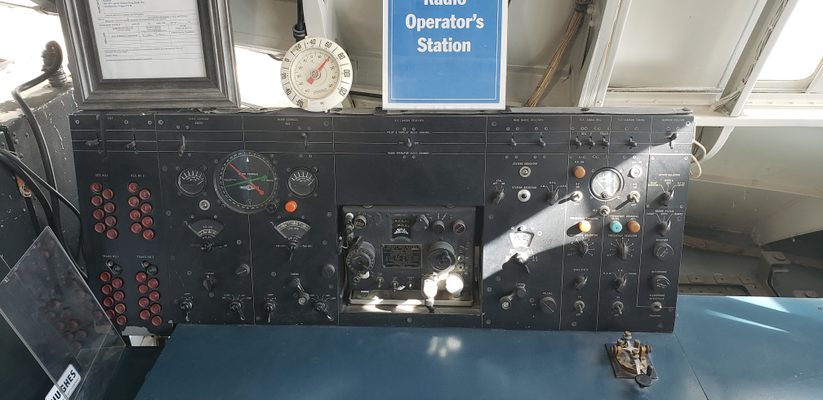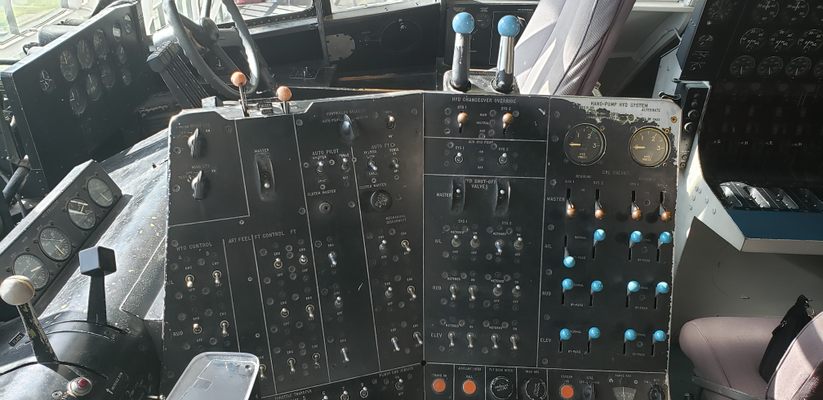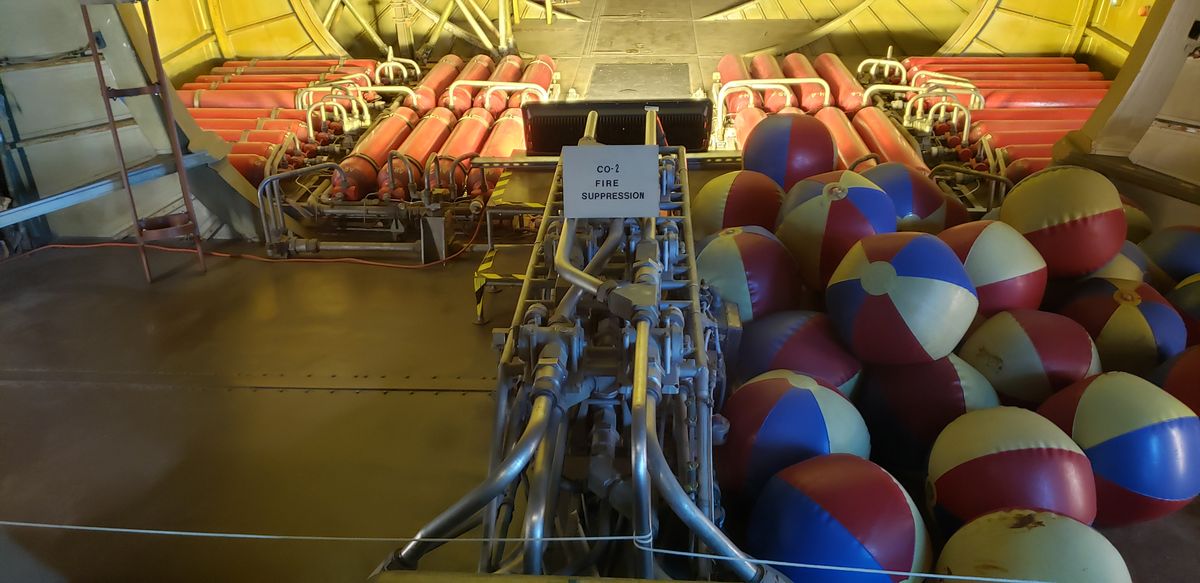About
The Hughes H-4 Hercules, otherwise known as “Spruce Goose,” hatched from the need to transport World War II soldiers and supplies without the risk of being sunk by German U-boats. In 1942, the American shipbuilder Henry Kaiser took on this necessary innovation by looking to the skies.
Kaiser recruited Howard Hughes, a pilot, engineer, filmmaker, and millionaire to help design a flying boat that could airlift the cargo. Given the government restrictions on building materials during wartime, Hughes had to be resourceful, yet he was able to build an aircraft six times larger than any aircraft of its time without the use of aluminum or steel. To Hughes’ dismay, the press continued to call it the “Spruce Goose” even though the wooden mammoth is mostly made of birch. (The “Birch Bird” really is almost just as good.)
As Hughes was a notorious perfectionist, the engineering feat was still unfinished by the end of the war. Kaiser dropped out of the costly project, but Hughes continued to slave over his creation, egged on by his pride and the press. Many believed the plane would never fly.
On November 2nd, 1947, during a taxi test off the coast of California, Hughes impulsively piloted his Herculean airboat. It flew for about a mile, only hovering 70 feet above the water, but it still flew. The plane was never airborne again. Today, the Spruce Goose can be visited at the Evergreen Aviation Museum in McMinnville, Oregon. There it stands as the centerpiece of the museum, a wonder of innovation, aviation, and pride.
Related Tags
Published
February 28, 2018
Sources
- https://www.aopa.org/news-and-media/all-news/2016/december/01/spruce-goose-dominates-oregon-museum
- http://www.boeing.com/history/products/h-4-flying-boat.page
- http://www.history.com/this-day-in-history/spruce-goose-flies
- https://www.cnn.com/travel/article/spruce-goose-museum/index.html
- https://mashable.com/2015/08/21/howard-hughes-plane/#ARnNz2.Fasqx






































































































